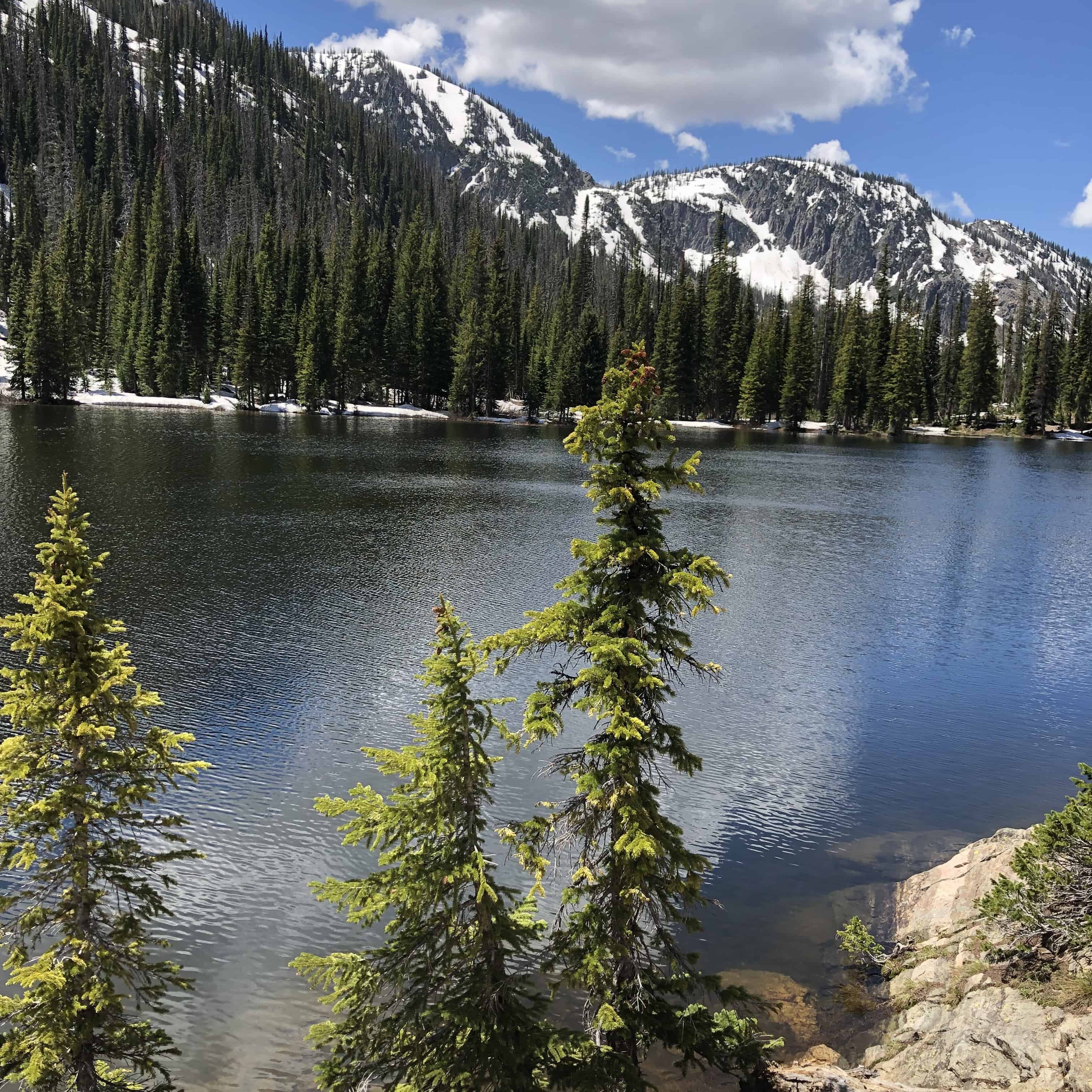The subject of pine cones, line everything else that I write about, is not as simple as it seems. Pine cones are the reproductive structures of conifer plants. Cedars, firs, cypresses, redwoods, and pine trees are all conifers or “cone bearing”. Pine cones come in all shapes and sizes, but their function is always the same, to reproduce. The photo above is of Golden Lake in the Zirkel Wilderness in Colorado.
Male Pollen Producers
Pine cones are used for reproduction. Male and female cones are usually both on one tree. The male structures contain the pollen. They are only present in the spring. They are soft and fuzzy structures of various shapes depending on the conifer. If you touch them, the pollen will disperse. Usually, the male structures are located on the bottom part of the tree.
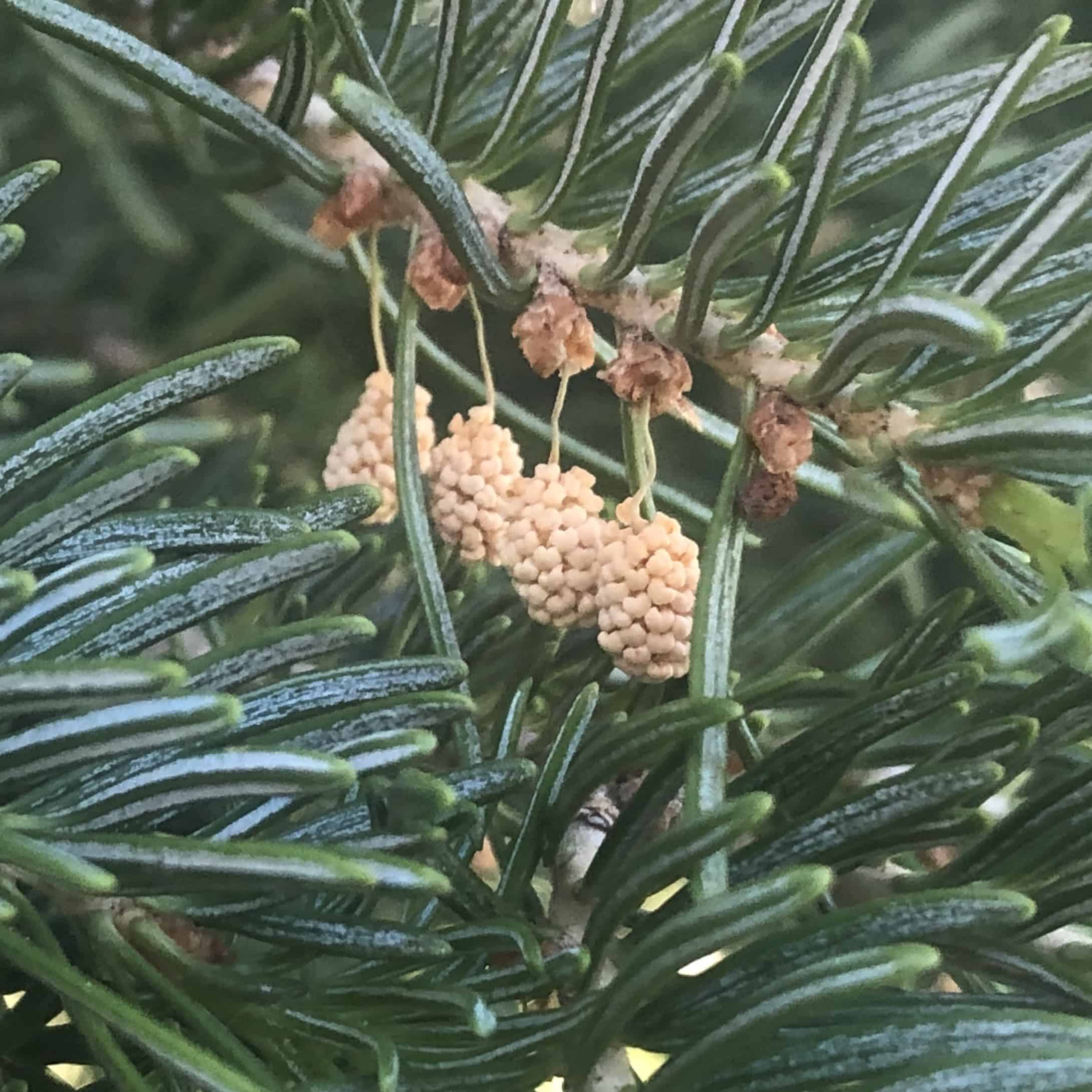
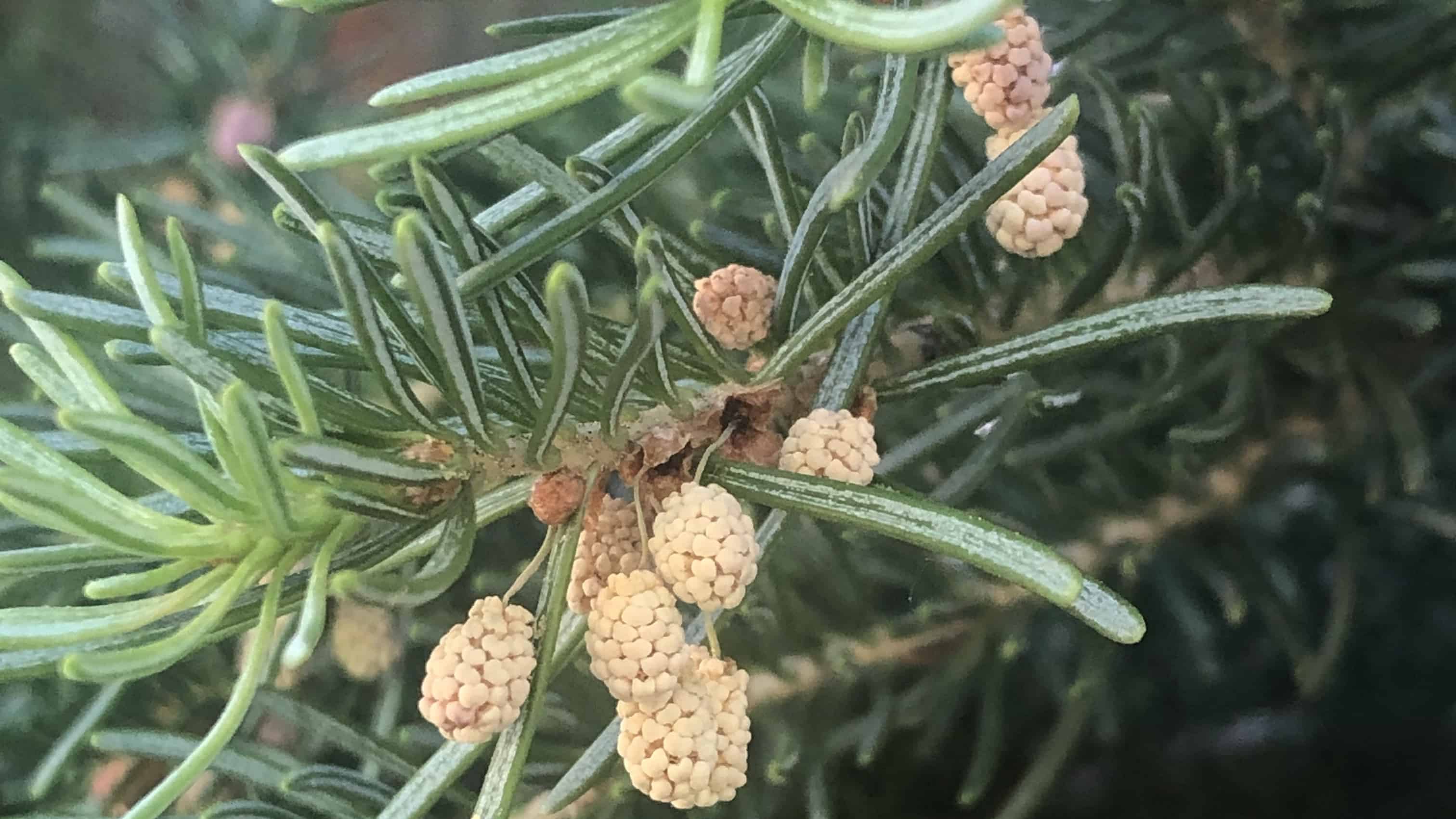
The Magic of Diversity
The pollen is dispersed through the wind, and then lands on the female cone of another tree. Since the male reproductive parts are located on the bottom of the tree, it prevents them from fertilizing cones on the same tree. Nature is smart and this help continue genetic variation.
Fertilized & Unfertilized Pine Cones
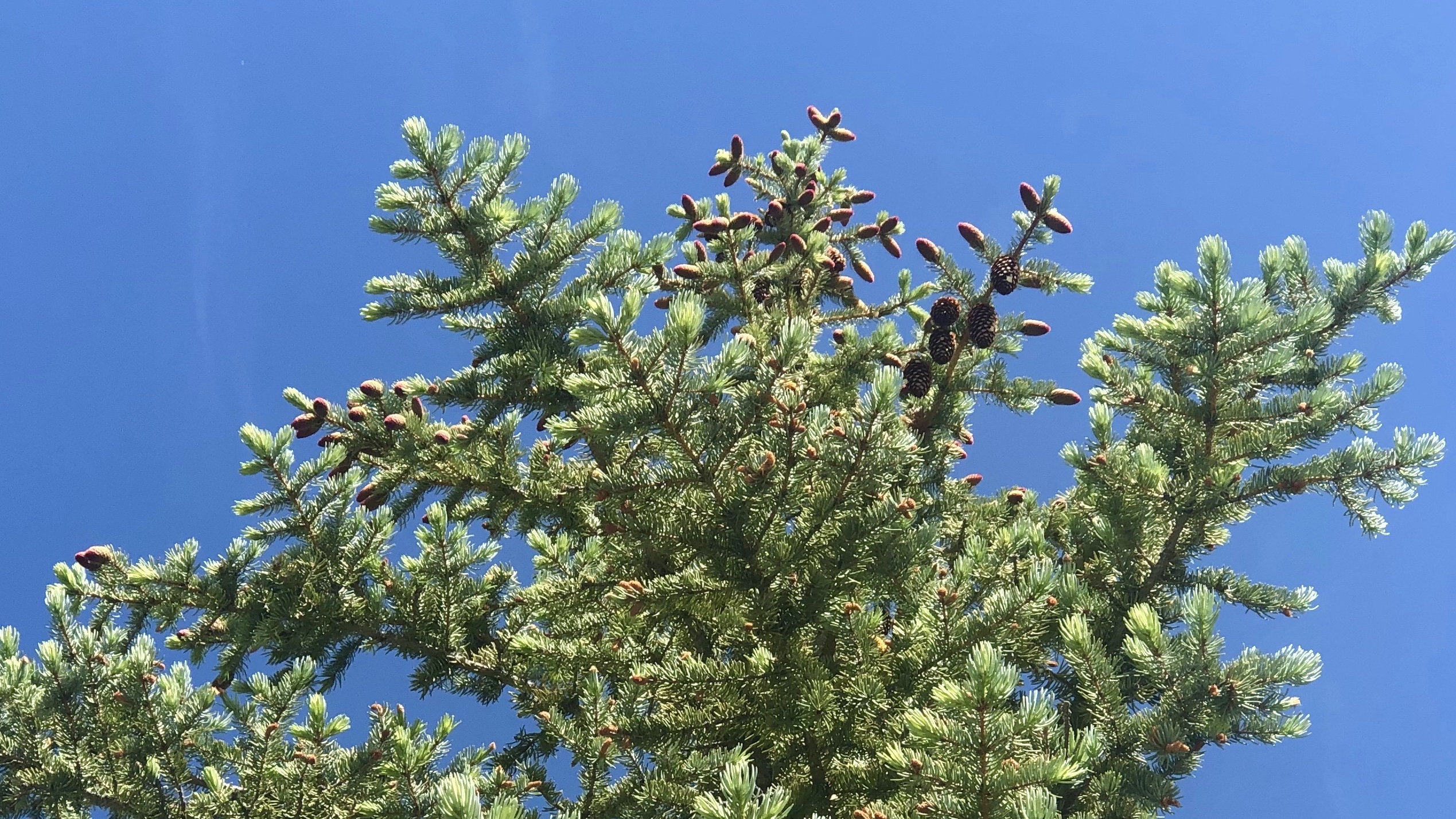
Fertilization
The unfertilized cones are the ones with the scales still tight to the body of the cone. They are around the top of the tree. There is a cluster of fertilized cones at the top middle just right of center. When the pollen hits the pine cone, a magical process occurs and the egg is fertilized. After about 2 years, the fertilized egg becomes a seed. The cone turns brown and falls off.
Utah desert pine cone
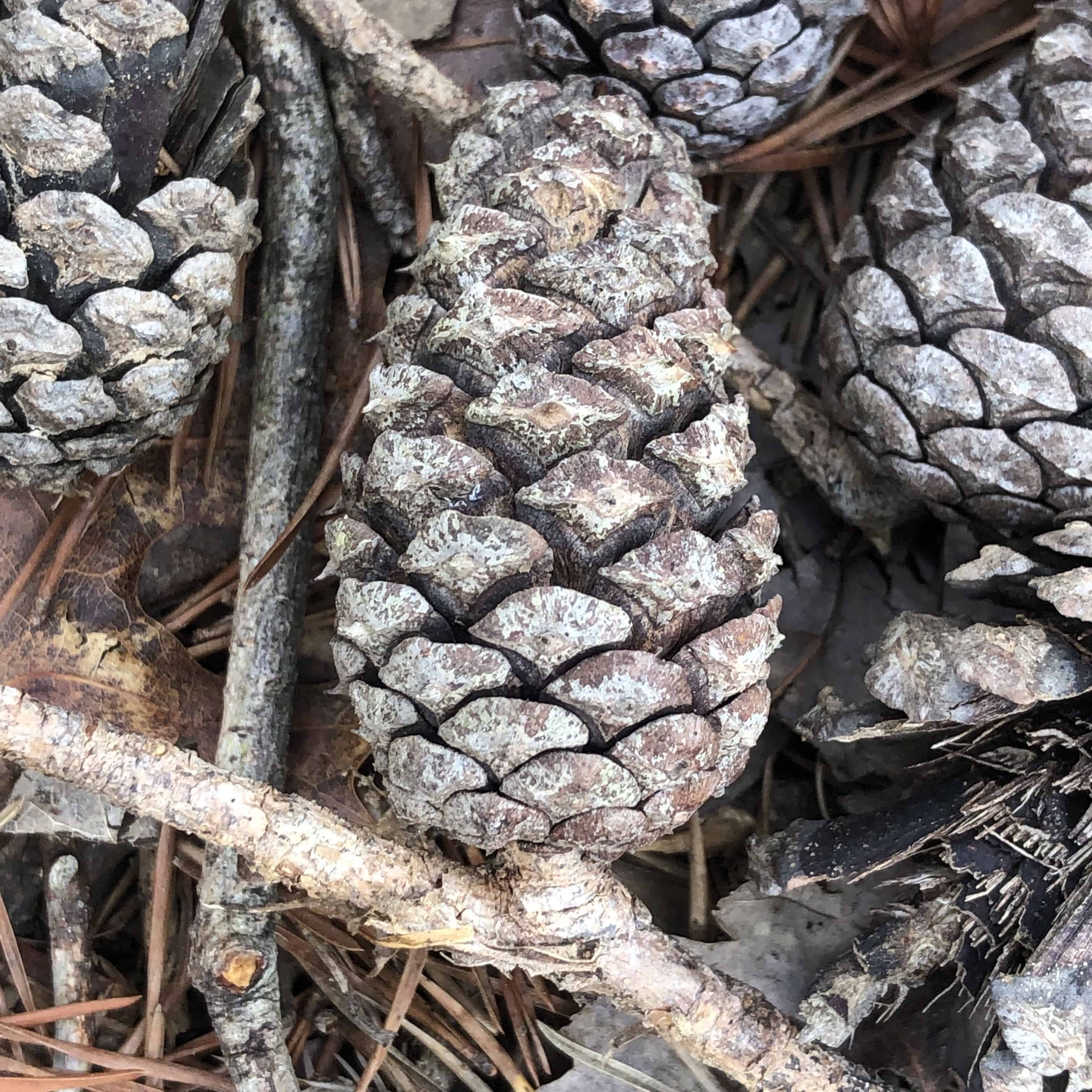
Virginia pine cone
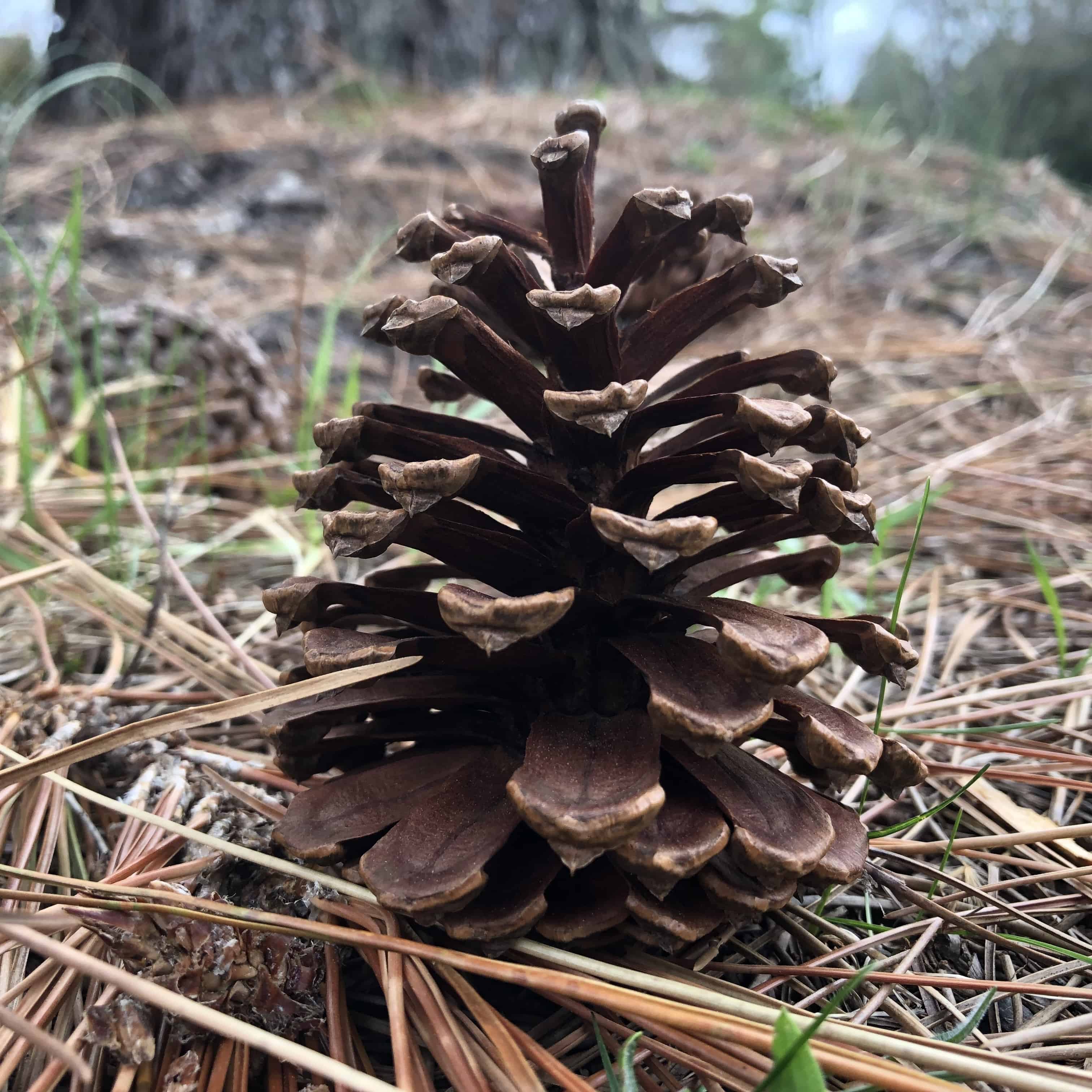
Colorado pine cone
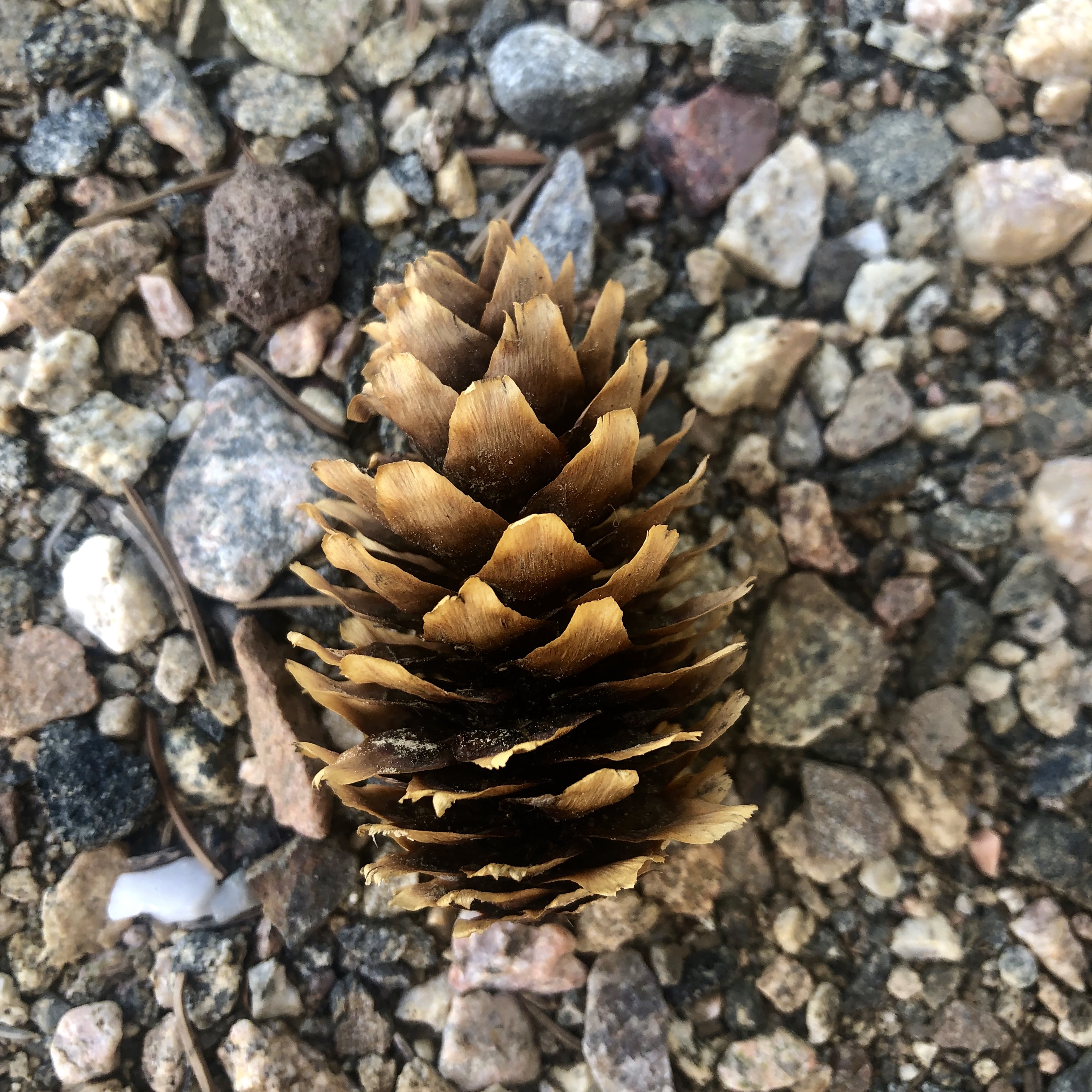
Pine Cones are Seeds
At the base of each scale, is a seed. Some eventually end up planted and germinate. They grow into a new genetically different pine tree. The actual dark brown, hard cones, are a result of a complicated reproductive process. Seeds are dispersed by cones falling off the tree or after being eaten by animals and birds. Conifers are another great example of amazing natural processes.
